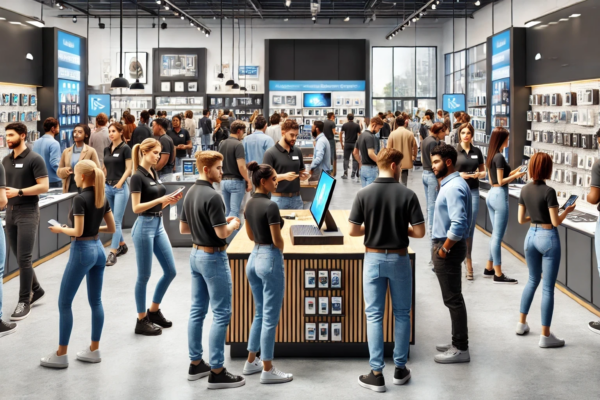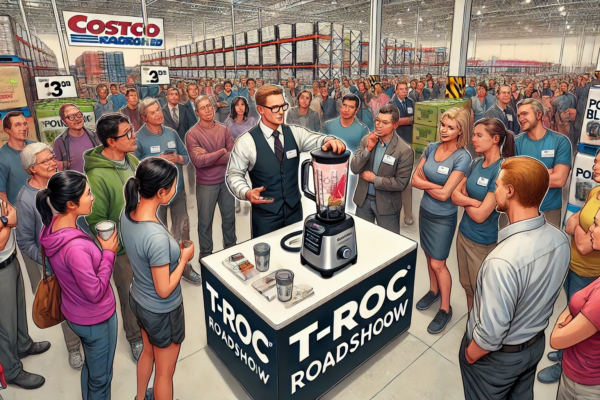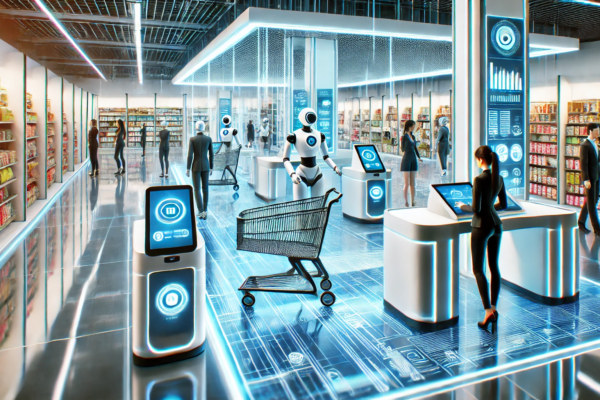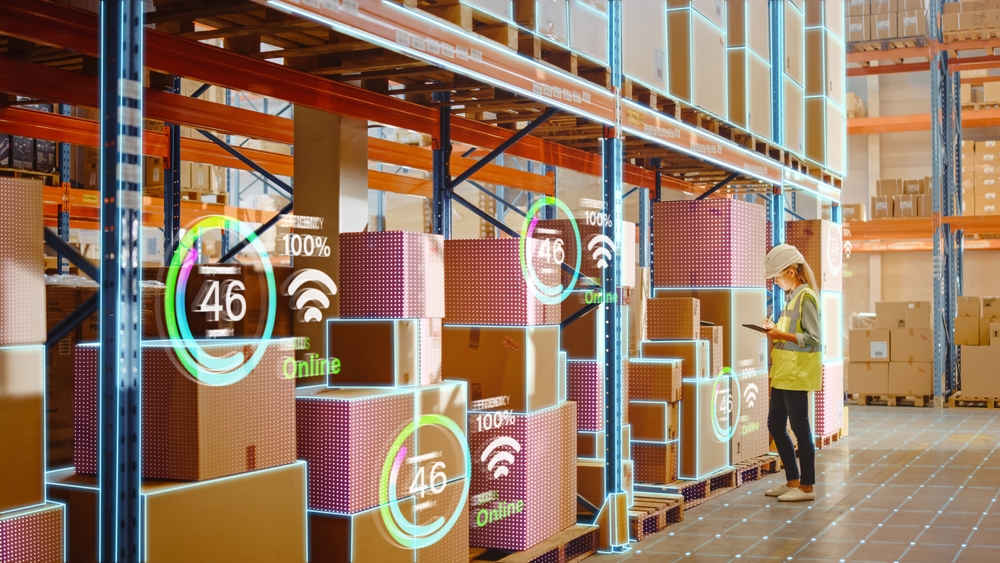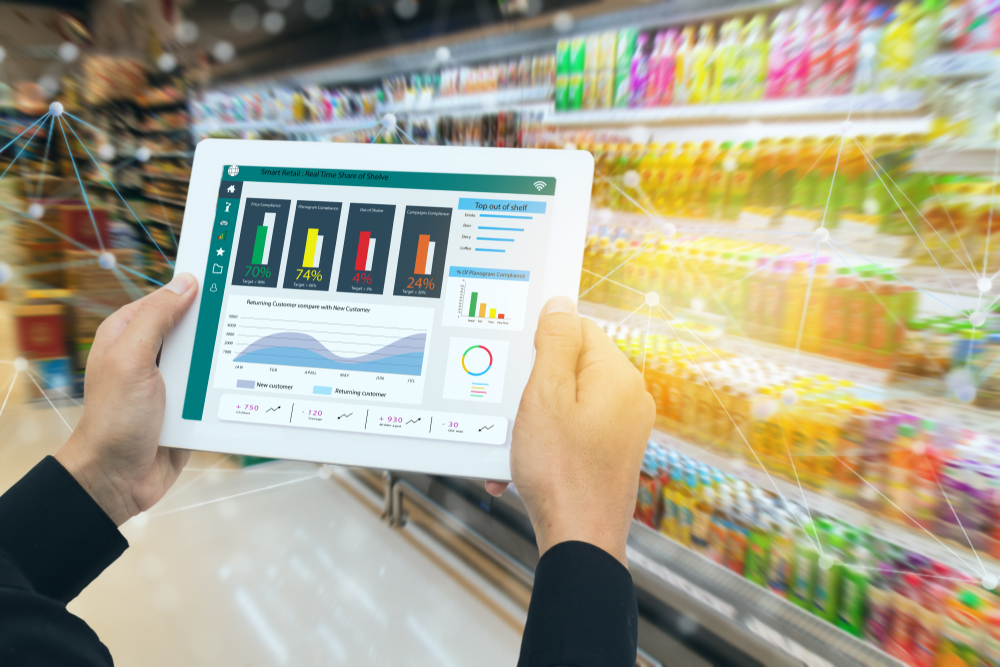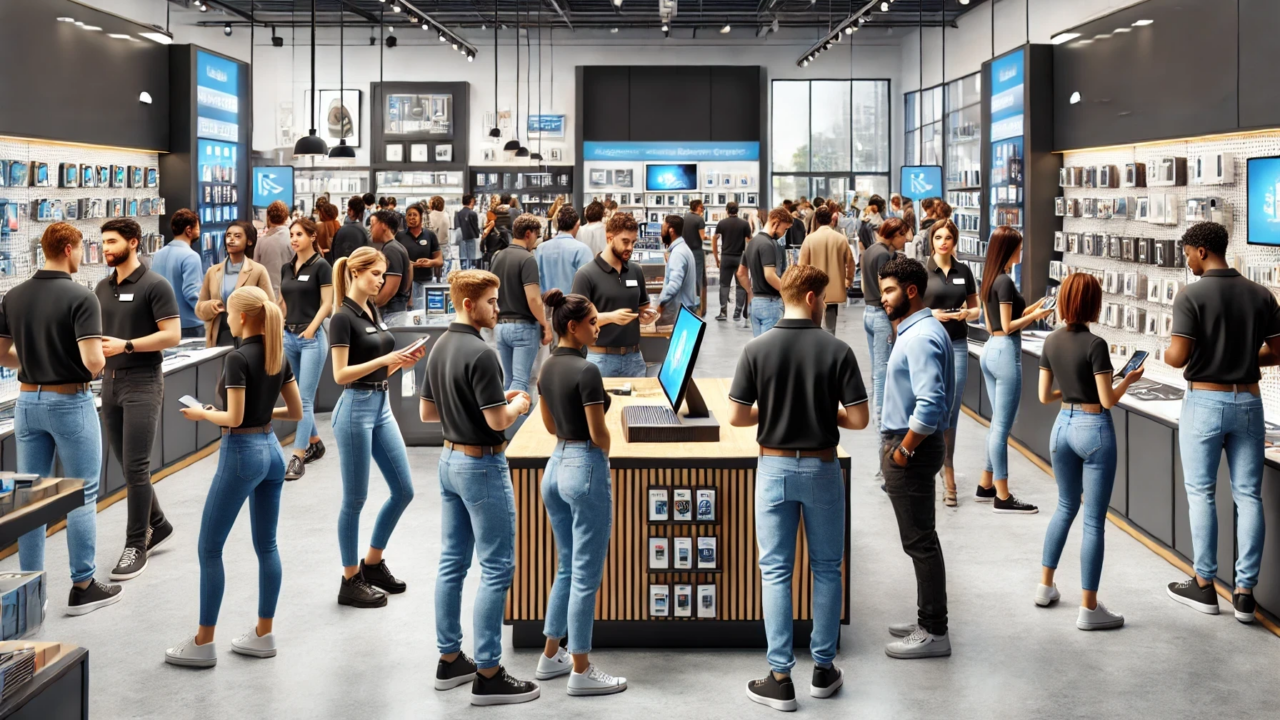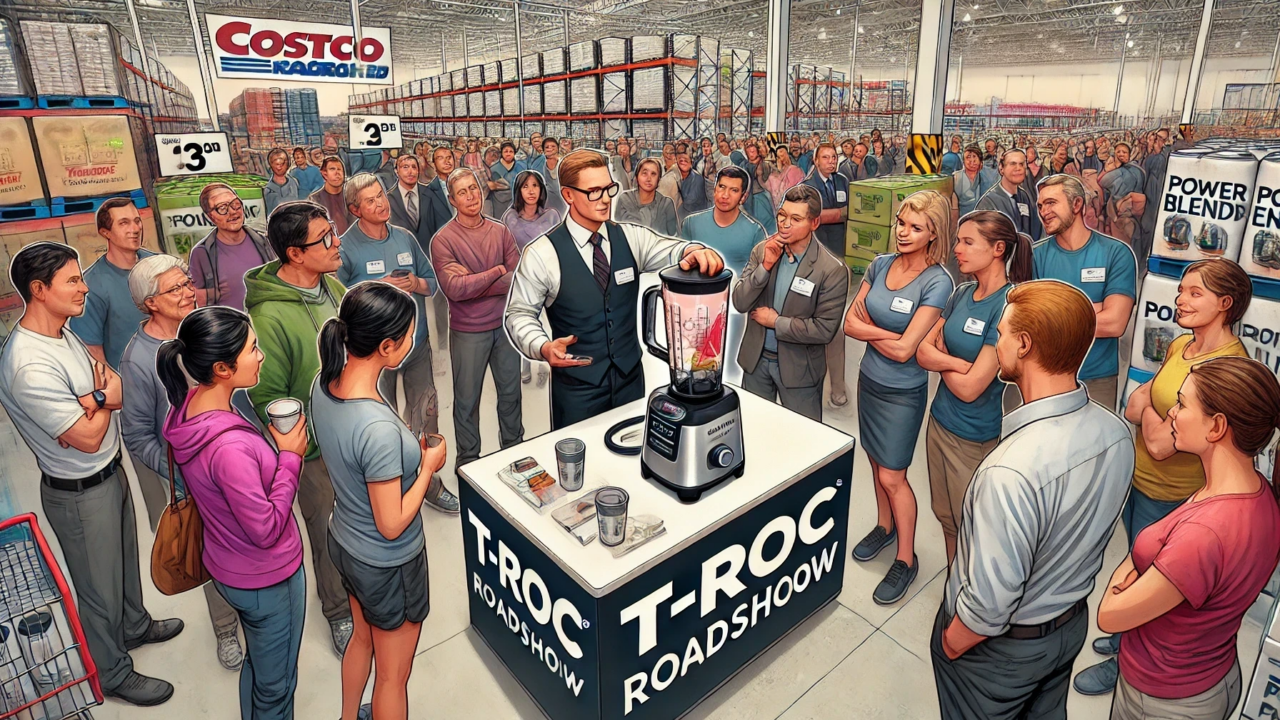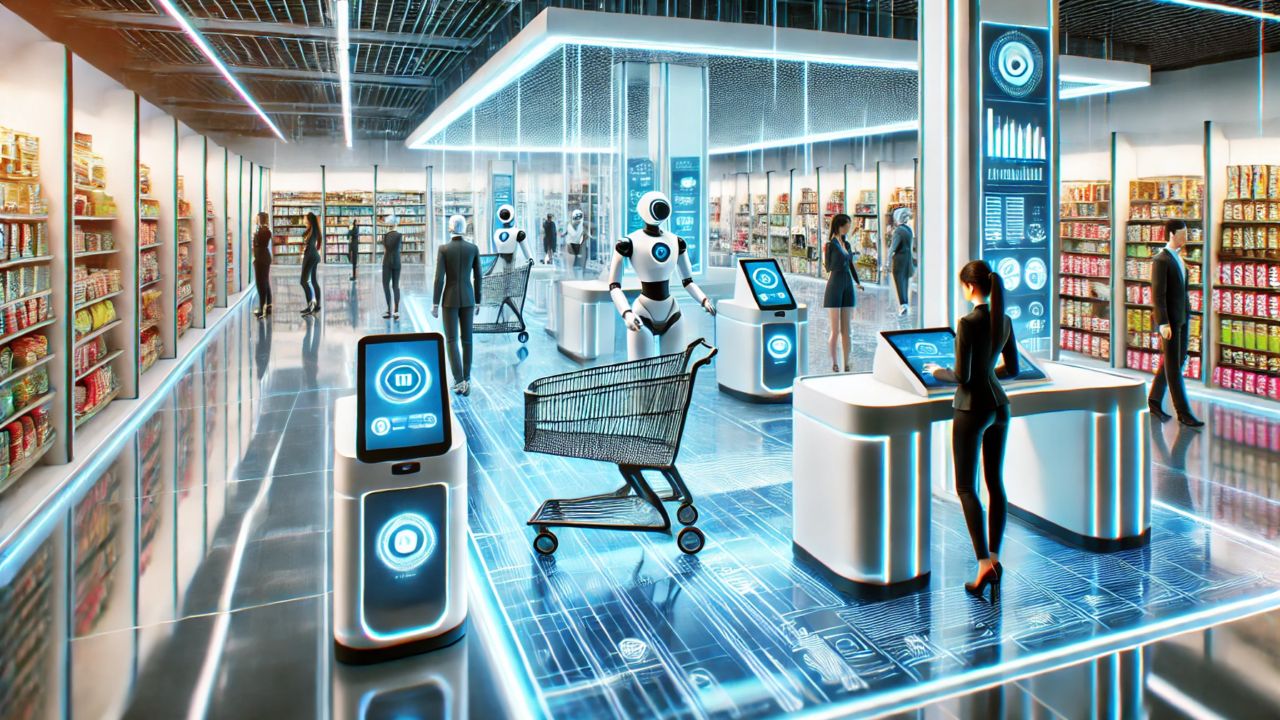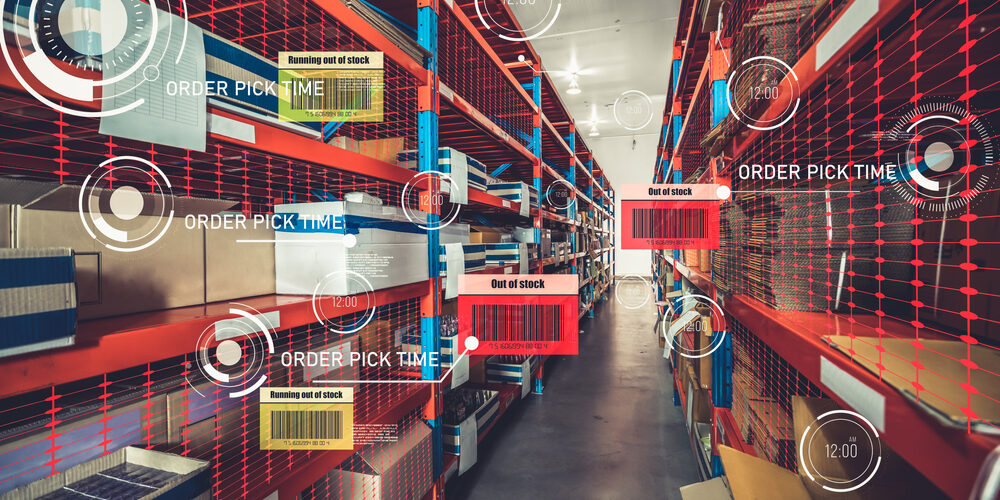
How to Stay Ahead of the Curve with Faster Retail Intel
In the blink-fast retail realm, data is the difference between domination and demise. This is the age of real-time retail intelligence, and those who harness it will seize the future. We’ll uncover how predictive analytics, smart tech integration, computer vision, and continuous learning from partners allow businesses to exceed customer expectations. With how-to insights drawing from retail titans, you’ll learn to decode purchasing signals on the fly, optimize operations in an instant, and provide hyper-personalized experiences surpassing competitors. In the new era of immediacy, retail intelligence is survival. We’ll explore how to master it across metrics, technologies, channels and collaborative teams. The future belongs to brands with the fastest retail intelligence. Here’s how to make it yours.
The Importance of Retail Intelligence
Understanding Retail Intelligence
Retail intelligence refers to the gathering, analysis, and application of data related to retail operations. It covers a broad range of topics, from sales numbers and inventory data to buyer behavior and retail real estate industry trends. Crucially, retail intelligence lets retailers make data-backed decisions to optimize operational efficiency—a fundamental aspect in an industry that runs on razor-thin margins.
The Benefits of Fast Retail Intel
Fast retail intel gives businesses the ability to react quickly to changing market conditions, customer preferences, and competition. This level of agility can lead to increased market share, improved customer satisfaction, and a growing franchise.
An excellent example is the retail intel Crumbl Cookies leveraged to fine-tune its series of customer personas and optimize offerings—leading to extraordinary growth in a highly competitive sector. In fact, thanks to stellar retail intel Crumbl Cookies has become the fastest-growing gourmet cookie concept in the United States.
This success probably would never have happened without the powerful retail intel Crumbl Cookies uncovered to better tune into the needs and wants of its customers. The dramatic results gained via the retail intel Crumbl Cookies applied to its business stands as a testament to the value quality retail intel can bring to a solid business concept.
Defining Key Retail Intelligence Metrics
Identifying Relevant Data Points
Understanding how to get the greatest benefit from your retail intel requires knowing what data points are most important to your business or growing franchise. These can range from basic sales figures to customer dwell times, in-store foot traffic patterns, and website click-through rates. The key is to identify those metrics that have the highest impact on your business objectives and to focus your data collection efforts accordingly, just like the retail intel Crumbl Cookies leveraged for their growing franchise.
Choosing the Right Key Performance Indicators (KPIs)
Alongside identifying relevant data points, the selection of the correct KPIs is also crucial. These will help measure the implementation of your retail intelligence strategies. Some widely utilized KPIs include sales per square foot, stock turnover rate, and conversion rate. However, remember to customize these indicators to align with your specific retail segment.
Measuring and Analyzing Data Effectively
Once you have identified your key metrics and KPIs, the next step is to analyze the collected data. This process involves looking for trends, patterns, and anomalies. It also involves conducting root-cause analyses to identify underlying factors that may be affecting your operational efficiency and overall performance.
Utilizing Technology for Real-Time Data Gathering
Implementing Automated Data Collection Systems
Automation plays a significant role in retail data gathering. Automated data collection systems such as Internet of Things (IoT) sensors and machine learning-enabled surveillance cameras can provide real-time data on various aspects of a retail operation. Taking advantage of such technologies can drastically improve your operational efficiency and lead to faster retail intel.
Utilizing Point-of-Sale (POS) and Inventory Management Systems
Point-of-sale (POS) systems, along with inventory management software, are two key pieces of technology critical to data gathering. They allow retailers to track sales, stock levels, consumer behavior, and more—in real time. Thus, they assist in transforming raw data into actionable retail intelligence. You might call it gaining a little “computer vision”.
Leveraging Customer Relationship Management (CRM) Tools
In the age of personalized marketing and customer experience, CRM tools are essential. They provide invaluable insights about your customers, allowing you to better cater to their needs and preferences. As a result, you can improve customer service, satisfaction and loyalty, thereby increasing your revenue. Again, the retail intel Crumbl Cookies used was paramount to understanding their customer community.
Implementing Predictive Analytics for Trend Forecasting
Using Historical Data for Predictive Insights
Historical data serves as the foundation for predictive analytics. By examining past patterns and trends, predictive models can forecast future demand, sales trends, and customer behavior. These insights can subsequently inform everything from staff scheduling and inventory management to marketing campaign strategy and store layout design with the ultimate goal being an increase in operational efficiency, as well as sales revenue.
Applying Machine Learning and Artificial Intelligence (AI) Algorithms
Machine learning and AI algorithms can process vast quantities of data far more quickly and accurately than human analysts. By applying these technologies, retailers can gain deeper and faster retail intel to inform strategic decision-making.
Forecasting Demand and Consumer Behavior
Predictive analytics can do more than simply forecast demand. They can also help predict shifts in consumer behavior, allowing retailers to proactively tailor their offerings and marketing strategies. This ability to anticipate and adapt to change is a crucial competitive advantage in today’s dynamic retail landscape.
Improving Data Integration and Centralization
Streamlining Data Sources and Systems
To optimize the benefits derived from retail intel, you must ensure that your data sources and systems are integrated. Integrated systems provide a holistic view of your operations, allowing you to get the true picture of your business and make better-informed decisions. So, make sure your POS systems, CRM, and social media analytics all talk to each other!
Creating a Single Source of Truth for Retail Intelligence
A single, centralized database can serve as the ‘source of truth’ for all retail intelligence efforts. This kind of centralization reduces data inconsistencies, duplication, and discrepancies — simplifying data management and improving the accuracy of the insights gleaned.
Implementing Data Governance and Security Measures
Data is a valuable asset, and protecting it from misuse or theft is crucial. Implementing robust data governance and security measures will ensure that your retail intelligence efforts comply with applicable regulations and best practice guidelines—boosting customer trust and safeguarding your brand’s reputation.
Investing in Real-Time Monitoring and Reporting
Implementing Real-Time Monitoring Tools
Investing in real-time monitoring tools is a wise business move that offers many advantages. These tools allow decision-makers to spot trends and issues as they emerge, enabling swift action before they escalate. Timely visibility into performance metrics also promotes accountability and drives data-guided decision-making across the organization. Essentially, it shows where the problems in operational efficiency lie, so they can be addressed and remedied ASAP.
Generating Automated Reports and Dashboards
Automated reports and dashboards can simplify the task of data analysis and interpretation. They present complex data in visually intuitive formats, providing instant insights that can inform decision-making. By automating the reporting process, you save time, resources and manpower that can be better spent on strategy and execution.
Enabling Quick Decision-Making and Action
Ultimately, all of the strategies and technologies mentioned above contribute to faster, more responsive decision-making. In today’s fast-paced retail environment, those retailers who can develop real “computer vision” … the kind that leads to actionable intel necessary to make informed business decisions more quickly will have a distinct competitive advantage.
Conclusion
Faster retail intel is quickly becoming a necessity in the retail industry. It involves understanding retail intelligence, identifying relevant data, utilizing technology, implementing predictive analytics, integrating data, and investing in real-time monitoring. By understanding and adopting these strategies, retailers can remain competitive and optimize their operations—ensuring their continued growth and success.

